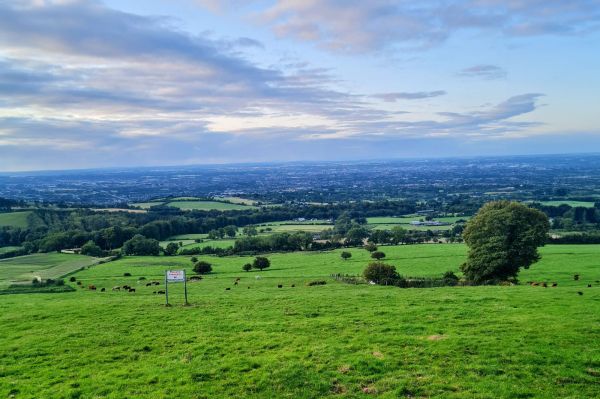
Matt O'Keeffe
Editor
Grass is our competitive advantage

New Zealand’s herd size is 435 cows. In the US, there are now 317 cows in the average herd. Dutch herds have 97 cows, on average, mostly producing milk in confined production systems and with almost double our intensity as measured by either kilogrammes of milk produced per cow or per hectare. Our suckler herds average 16 cows, one third of the size of the average US herd. The figure for Canada is 70 cows, itself a small fraction of the average Australian beef-cow herd.
We have had enough idle chatter about industrial, intensive farming and unsustainable Irish food production. The reality can only be confirmed through comparison with other food-producing countries. It is, and must be, a relative comparison. We all need food to survive and suggesting that livestock-based food-production systems are unsustainable is a nihilistic attitude. Insisting that only low-productivity and plant-based food production systems are sustainable is equally illogical. If only low-input/low-output food production is sustainable, given finite land resources, then how are we to produce enough food to sustain our global population? There is an ongoing insistence that we need to change our diets towards plant-based food. Ignore the potential nutritional deficits in an entirely plant-based diet for a moment. There is the other reality that most humans want a varied diet, including meat and dairy, as well as plant options. This reality means that we should measure relative sustainability when making food choices. Irish milk and meat are among the most sustainably produced on the planet, as Tadhg Buckley, director of policy at the Irish Farmers’ Association confirmed at last month’s Irish Grassland Association’s (IGA’s) Dairy Conference. Our carbon footprint for milk production is a creditable 0.97kg CO2 equivalent (e) and reduces further to 0.86kg CO2e when carbon sequestration is included in the calculation. Now, make the comparisons. The carbon footprint of US milk production is 1.01kg CO2e, again including sequestration. The figure for The Netherlands is 1.15kg CO2e. Only New Zealand can claim a lower – 0.88kg CO2e – carbon footprint than Ireland. There is another comparison worthy of examination. Freshwater is a valuable and globally scarce commodity. The volume of water used to produce meat and milk is a critical measure of relative sustainability. The Irish average fresh-water extraction rate per kilogramme of fat and protein corrected milk (FPCM) is by far the lowest of the major meat/milk producers globally. We extract six litres of water from ground or surface sources to produce one kilogramme of FPCM. The figure for the US is 77 litres. New Zealand has a 7.8 litres demand and Dutch farmers need 60 litres to produce one kilogramme of FPCM. Tadhg also confirmed that Irish producers have one of the lowest water demands per litre of milk produced in the world. While humanity continues to favour a blended diet including livestock-sourced food, there is an unassailable argument that this food should be produced in the most sustainable manner. Ireland’s grass-based production system fulfils that requirement. It also provides our single competitive advantage for all our livestock production farms. We are, as the IGA conference attendees heard, working in a high-cost economy. We need the highest minimum wage in the EU to sustain our lowest-paid workers who, with the rest of our population, pay the dearest electricity prices in Europe. Further erosion of our ability to efficiently turn low grade carbohydrate grass into high quality human-edible food protein will not only remove our competitive advantage, but it will also diminish our sustainable food production credentials.




